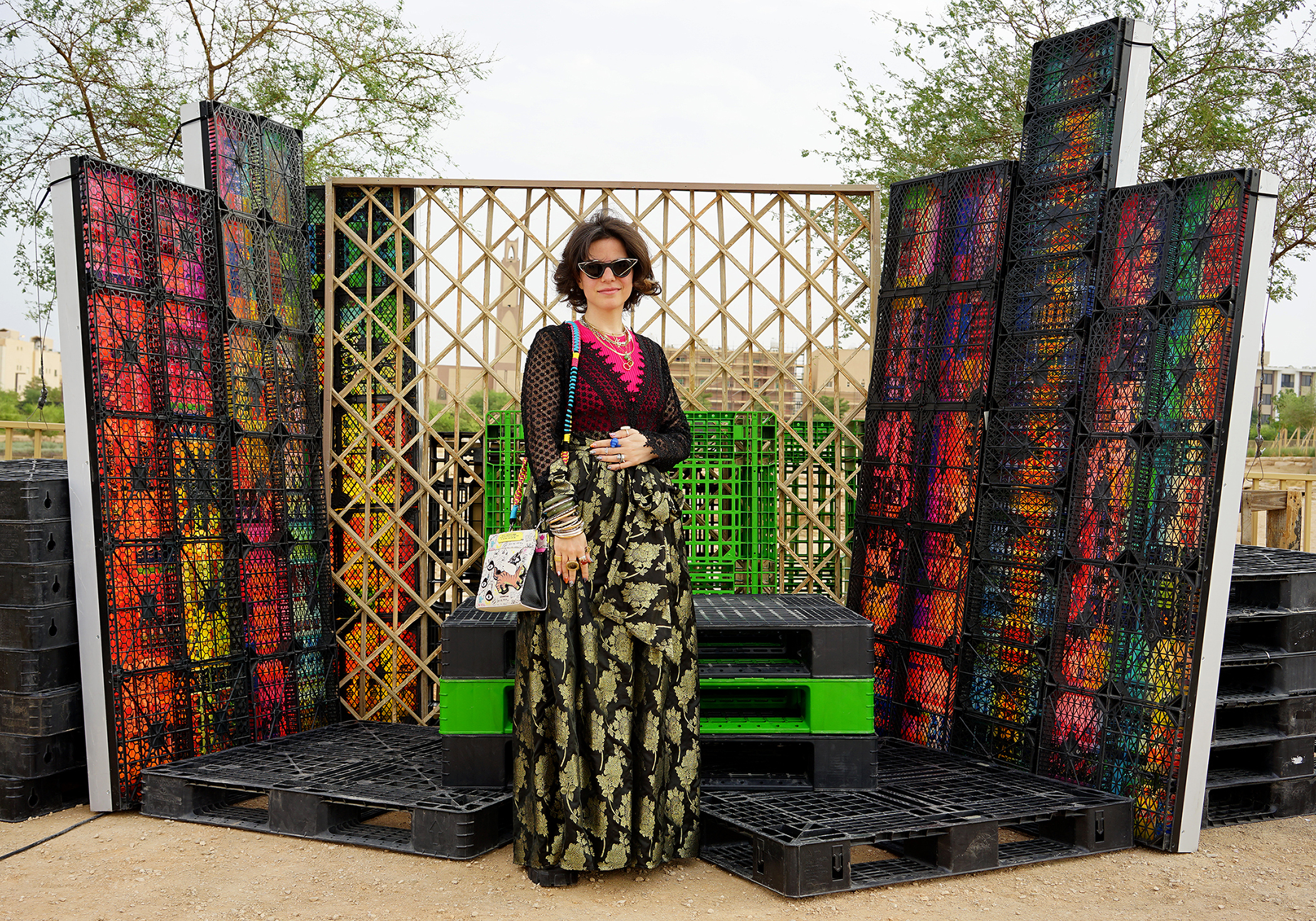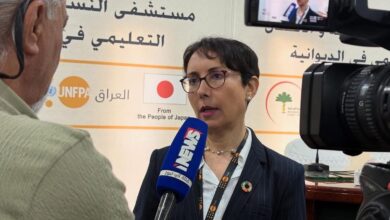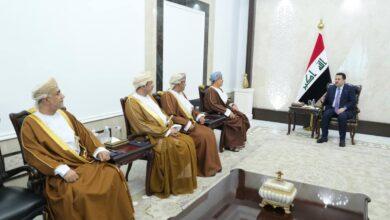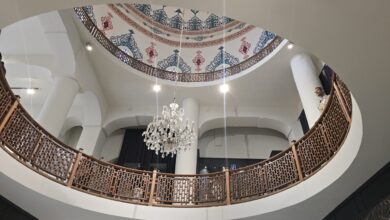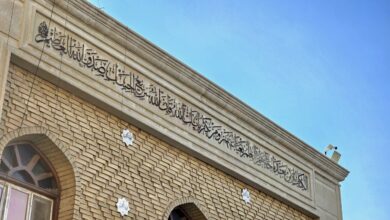In a captivating conversation, Saudi-Iraqi curator Hafsa Alkhudairi shares her notable perspective on art, heritage, and the joy of storytelling through curation. Her journey into the art world began unexpectedly, moving from architecture through graphic communication before finding her true calling in contemporary art.
Can you tell us about your journey into the world of art and curating? What inspired you to pursue a career in art?
“It’s a funny story. I wasn’t thinking about art at all. I started off in architecture and studied it for two years, called it ‘architorture,’ ran away,” Alkhudairi recalls. Her path led her through various disciplines before she discovered her passion for curating exhibitions, which she uniquely envisions as comic books, with curatorial statements serving as synopses and artworks as panels.
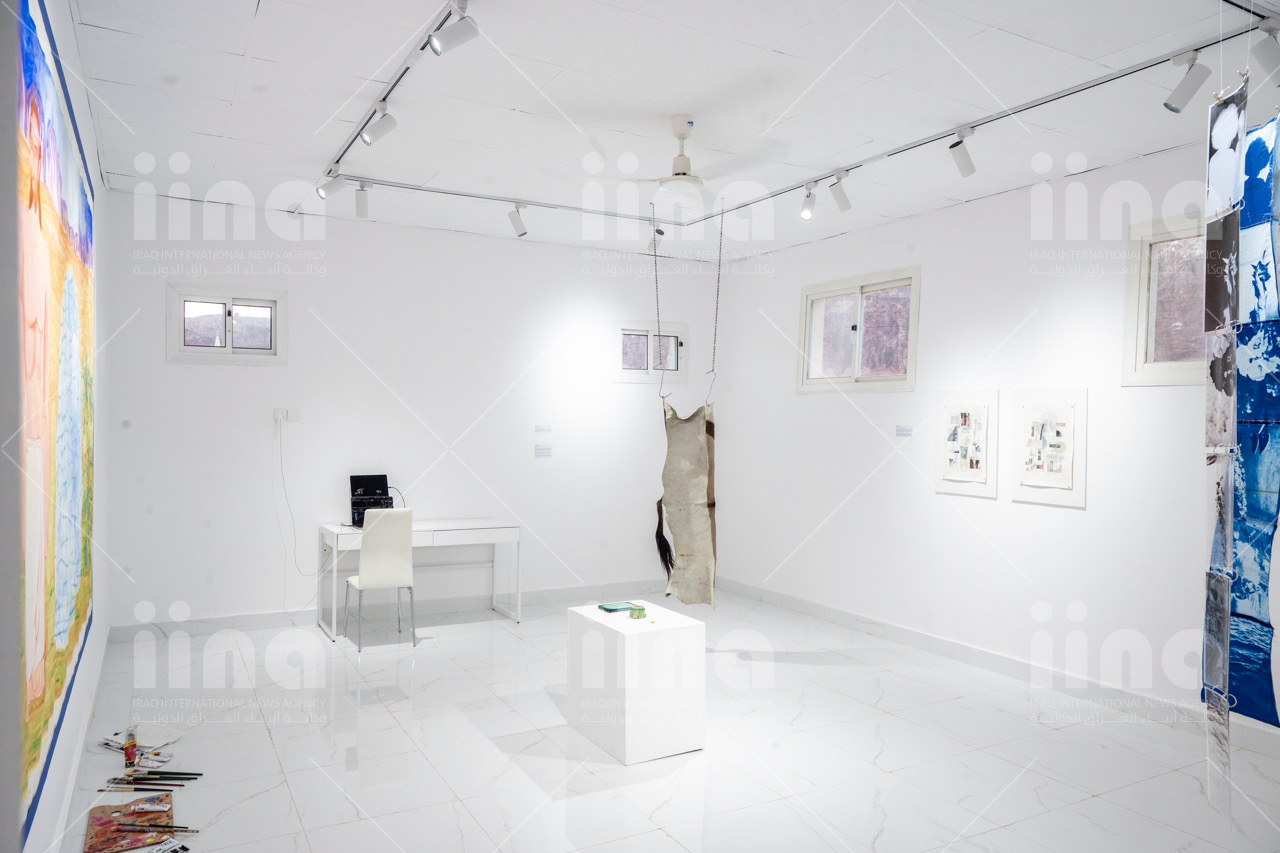
Your work explores themes of family inheritance, feminism, and pop culture. What drew you to these topics?
Despite never having visited Iraq, Alkhudairi’s connection to her Iraqi heritage runs deep, primarily through her family’s collection of modern Iraqi artworks and the stories passed down by her grandmothers. Her maternal grandmother, Asmaa Algailani, and great-aunt, Lamia Algailani-Werr, played pivotal roles in shaping her understanding of Iraqi culture and art.
“Being from Iraqi and Saudi descent, I still have that connection to a place that I’ve never visited. I’ve never been to Iraq. I’ve never connected there. I’ve never seen it, yet I feel so related to it,” she explains. This sense of connection through absence has greatly influenced her curatorial practice.
Her recent research project, ‘In/Visible,’ exemplifies her approach to exploring cultural heritage through textile art. The project emerged from personal memories and traditional practices, where she diarised memories on pieces of her uniform. She investigates how fabric retains memories and cultural significance. A noteworthy example Alkhudairi mentions involves the Iraqi artist Sukaina Kubba, who recreates family carpets from fragmentary photographs using handheld 3D printing devices.
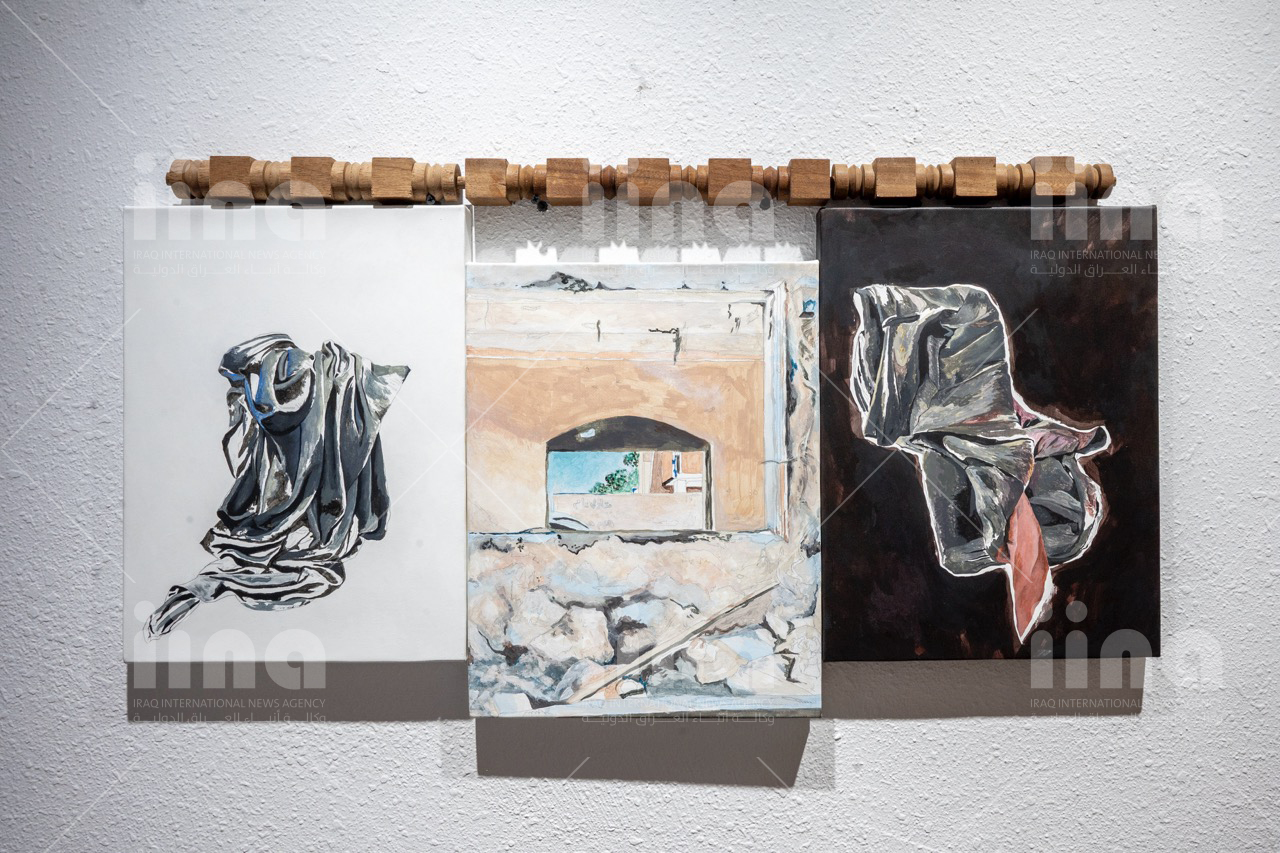
She explains: “The ingeniousness and the amount of time and effort she was putting in to recreating those memories and those images, is fantastic. Especially when there are some areas that are less clear than others… she recreates the deterioration of the photographs as well.”
Your ‘In/Visible’ project was heavily focused on your Iraqi roots. Since you’ve never been to Iraq, what would you say you learned about yourself and your Iraqi background whilst working on it?
Alkhudairi is convinced that it is not the project that taught her about her roots. Instead, she emphasises how she has always been obsessed with her Iraqi background.
“Growing up, for me, Iraq was very much this fairy tale story,” she reflects. “My mum really focused on giving me that history and giving me that storytelling aspect of Iraq, not just destruction.” This narrative approach has significantly shaped her understanding of heritage and her approach to curation.
The influence of her grandmothers was particularly important: “My maternal grandma was so cultured and my paternal grandma was so loving and safe. She would always say, what translates to: ‘God bless girls: ten and I say too few,’ because girls are more attached to their maternal ancestry. That attachment was very much myself being attached to the accent, the stories, the history, the artefacts and pieces.”
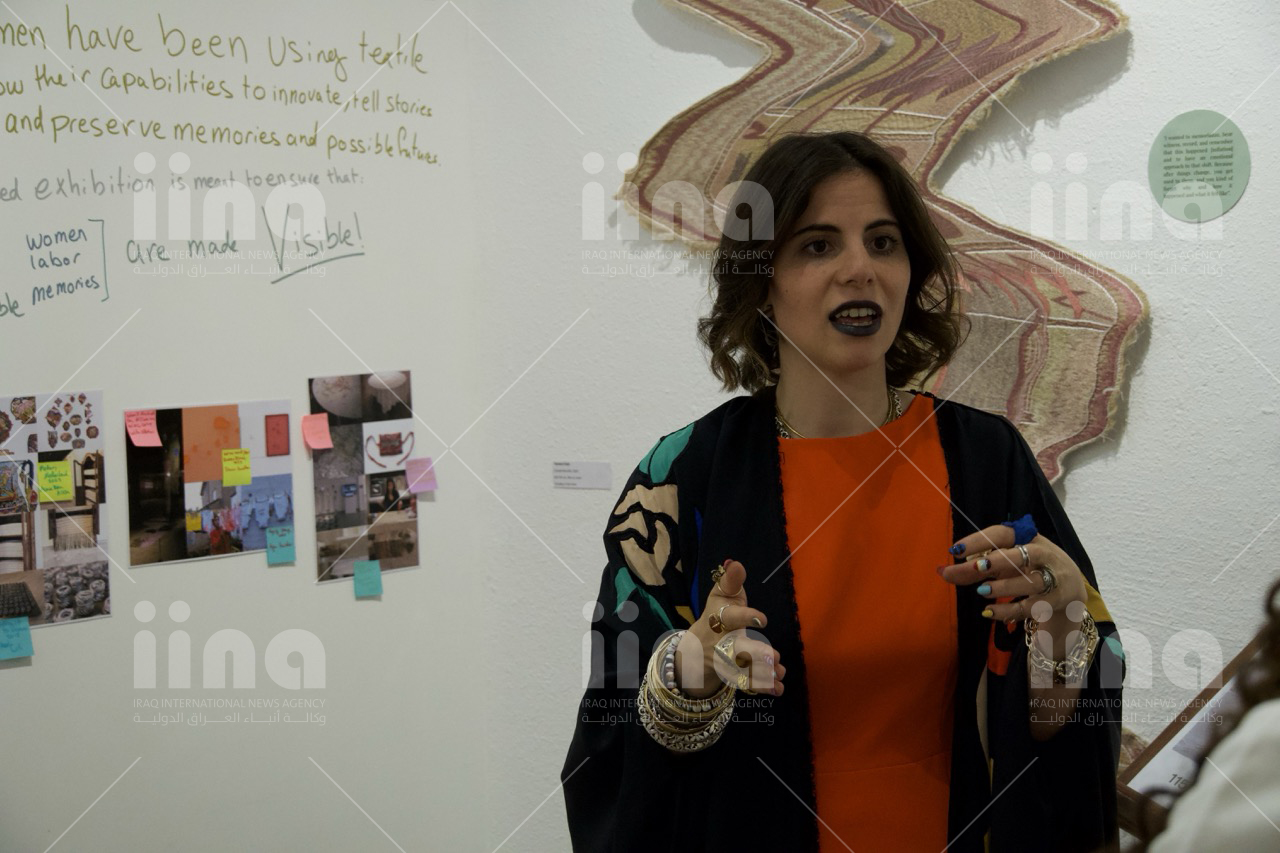
How do you see art serving as a platform to explore and challenge societal norms?
Alkhudairi believes in art’s inherent storytelling power: “I think art will always tell a story. Whatever that story is, whether it’s related to these topics or not. There is an underlying narrative that we always have as ourselves; how we see the world, how we talk about the world, positively or negatively.”
Her dual heritage as both Saudi and Iraqi influences her curatorial practice profoundly. “It is me. I’m Iraqi, I’m Saudi, I’m equal parts, even if it sometimes seems like one is more than the other,” she states, explaining how growing up surrounded by works from artists like Dia Al-Azzawi and Widad Al-Orfali has shaped her aesthetic sensibility.
From the exhibitions you’ve curated and the art you’ve worked on, what do you hope for your audience to take from all of it?
She responds: “For my ‘In/Visible’ project, the book itself is so colourful. Even if the topics and memories are, let’s say, hardcore… there is a lot of joy in it; within the design, within the storytelling, within all these things. And I hope that is what people are seeing when they look at my curatorial and my research work or whatever articles/pieces I’ve written.”
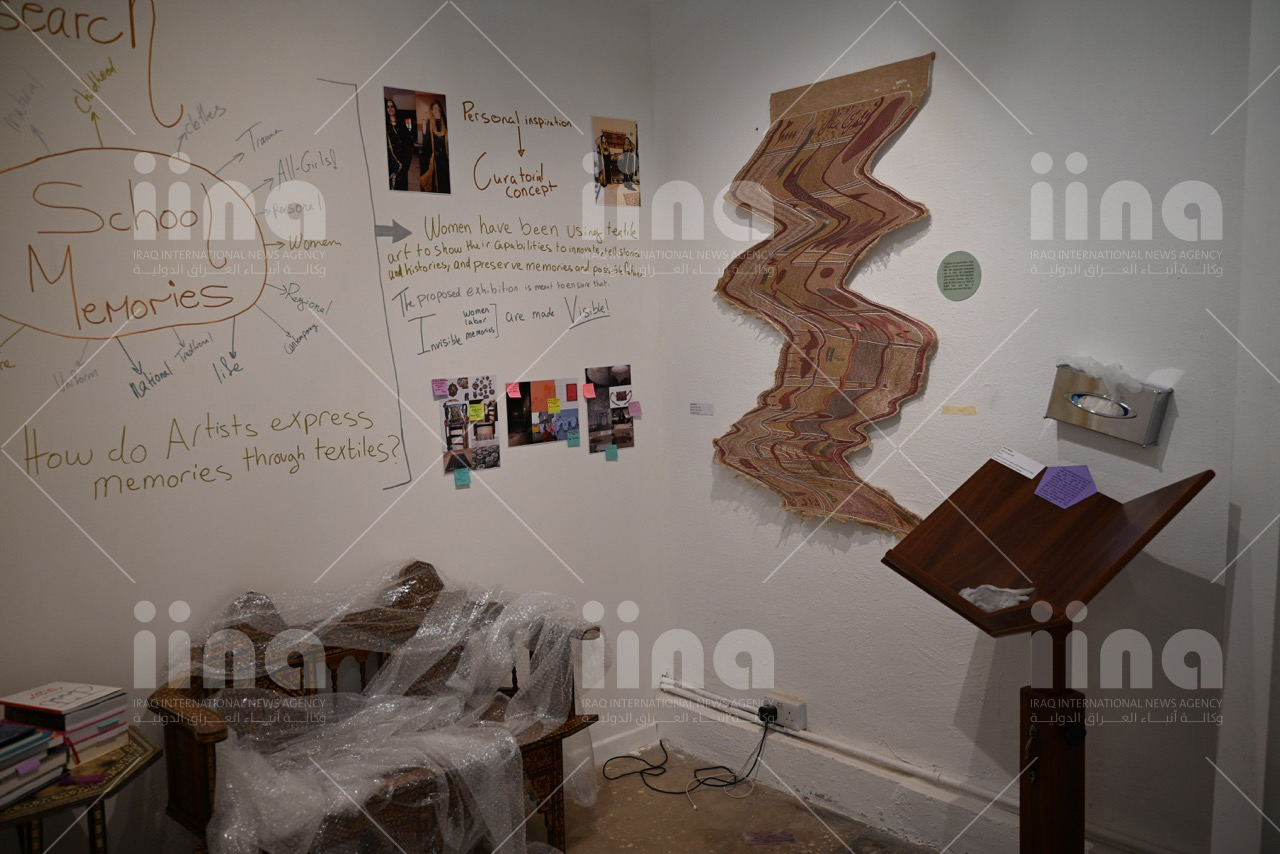
Looking ahead, do you have plans to work on projects that highlight Iraqi artists or themes?
Looking to the future, Alkhudairi continues to work with her family’s collection of modern Iraqi art. Simultaneously, she continues pursuing her mission to tell meaningful, relatable stories that not only document cultural heritage but also celebrate the vibrancy and joy of Arab culture.
She emphasises the importance of underlining positivity in Arab narratives: “There’s a lot of, yes, heartbreak that’s happening in our region, but there’s so much happiness also. I want to highlight that and I hope to be that joyous curator.”
- Published: 18th February, 2025
- Location: AlUla
- Country: Saudi Arabia
- Editor: Justyna Wojtowicz
- Category: Culture

